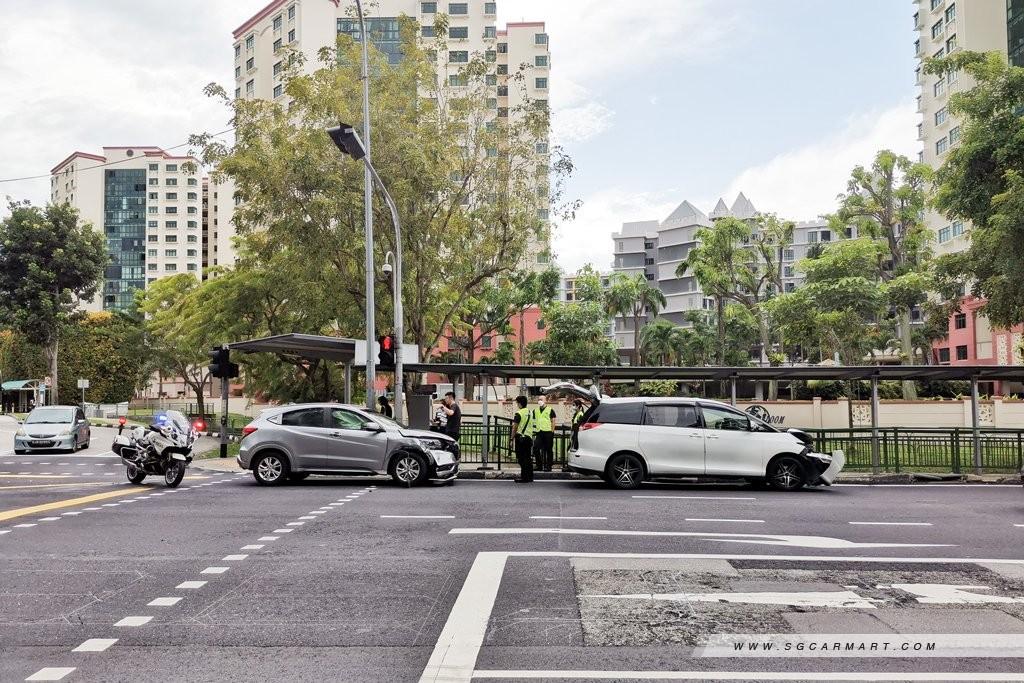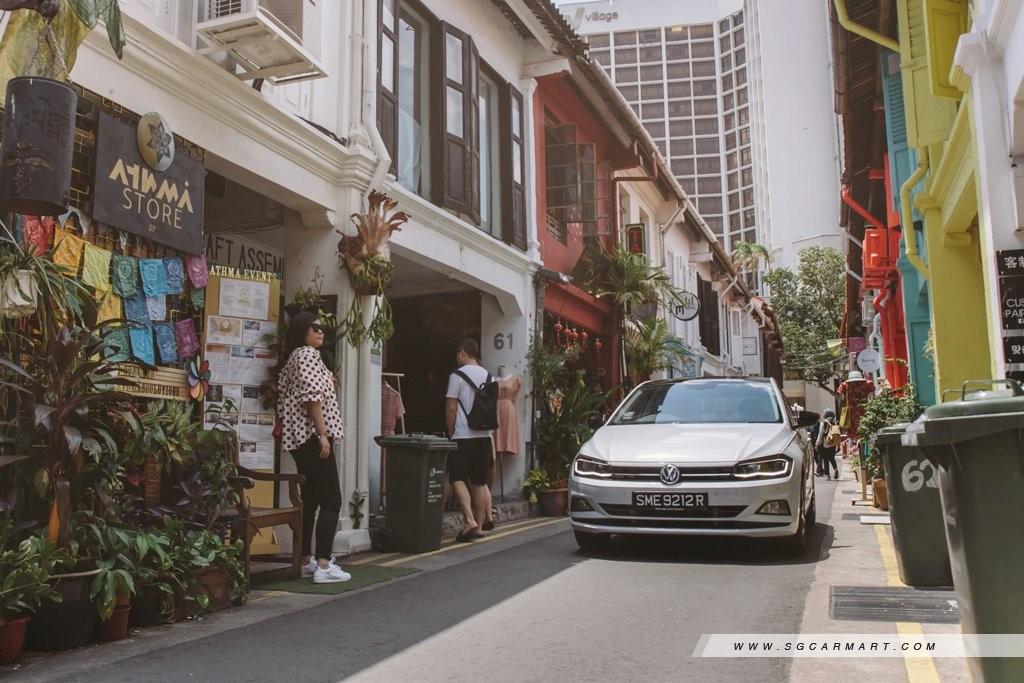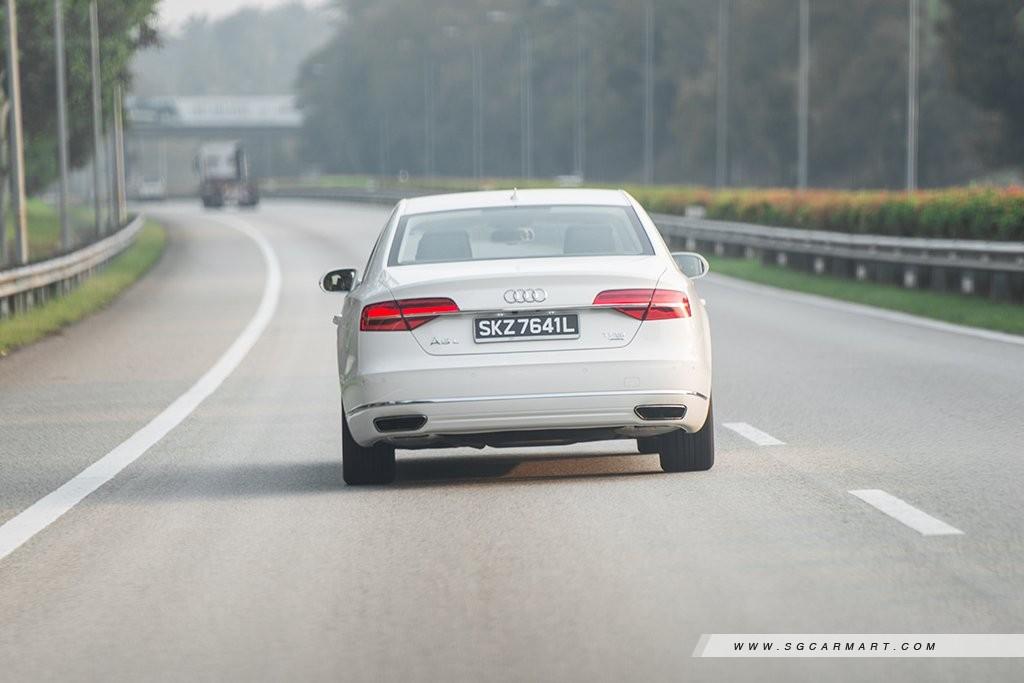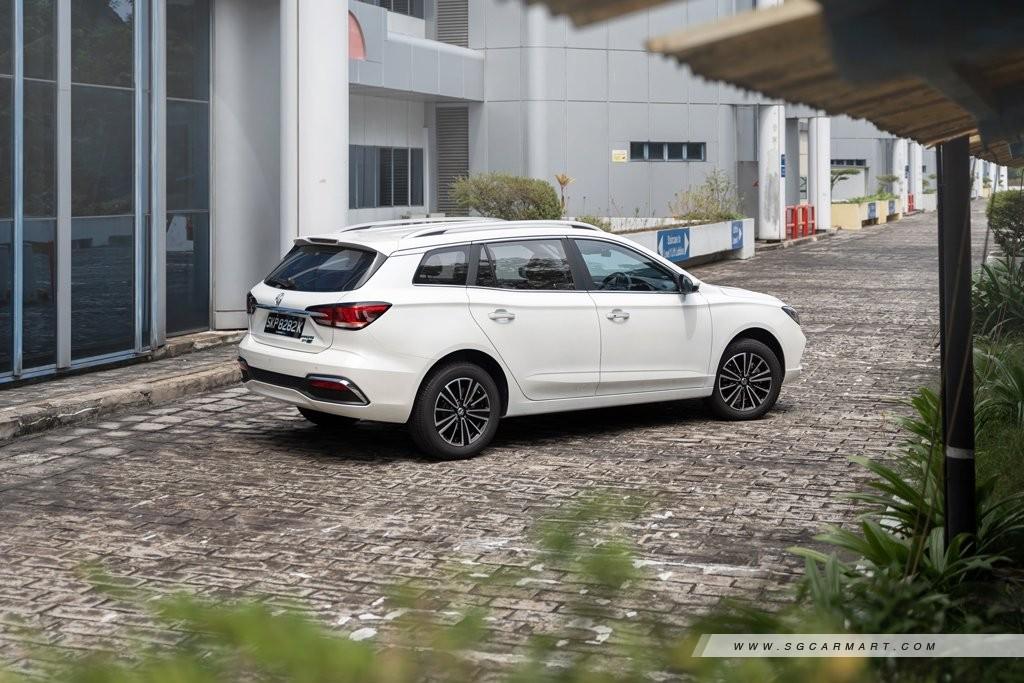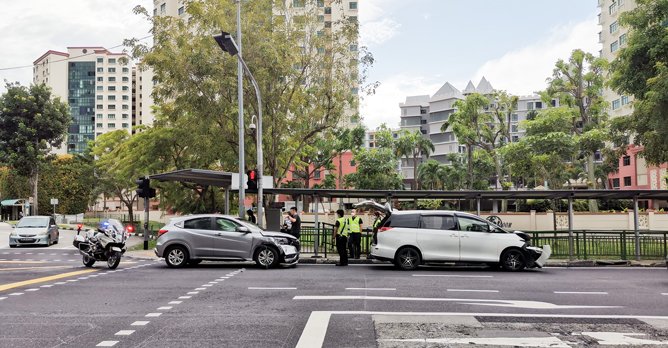Five sure-fire ways to improve your defensive driving skills
06 Dec 2022|10,421 views
If you're committed to practicing defensive driving, congratulations! This mindset and attitude will go a long way towards keeping yourself, your passengers and other road users safe.
You would have learned that maintaining situational awareness, scanning as far ahead as possible, and not speeding are some of the basic tactics to employ. Here are a five more handy tips from experienced drivers.
1. Expect the unexpected
This doesn't mean adopting a negative attitude. Rather, you should always anticipate potentially dangerous situations created by other road users.
For instance, while driving along an empty street at night, be on the lookout for pedestrians in dark clothes that might suddenly emerge and try to cross the road. Or, be ready to spot a car that has its head lights switched off, or a cyclist without any lights on his bicycle.
You don't have to be near a housing estate or industrial area to be extra cautious. Always be alert the moment you get behind the wheel.
2. Tell-tale shapes and silhouettes

So, how does one spot potential hazards? One way is to look for umbrellas - if you see any, you can assume there are at least two pedestrians (sharing a brolly) standing there. If you see an umbrella that's moving faster than others, it probably belongs to a cyclist.
Be prepared to spot other items such as bags and yes, even hands. Not everyone has an umbrella with them when it starts to pour, and people will use whatever's handy if they have to be out in the rain.
3. Use your horn
Cars are equipped with horns so that we can warn other road users of danger. But all too often, many of us don't use the horn even when it is clearly called for.
I've seen mishaps caused by drivers failing to check their blind spot before changing lanes. Many of these could actually have been avoided - if the other driver sounded his horn sooner.
So, while we shouldn't use the horn to intimidate and/or signal our annoyance, we must nevertheless be quick to use it when needed.
4. Rear windows

Looking through the rear windscreen helps you see what's happening way in front of you. However, be mindful not to be so focussed on that one area that you forget to periodically check your mirrors.
If the car you're following is wide and tall, try shifting your vehicle to the right to look down its side. But only do this if you're driving on the outermost right lane and next to the divider.
5. Reflections
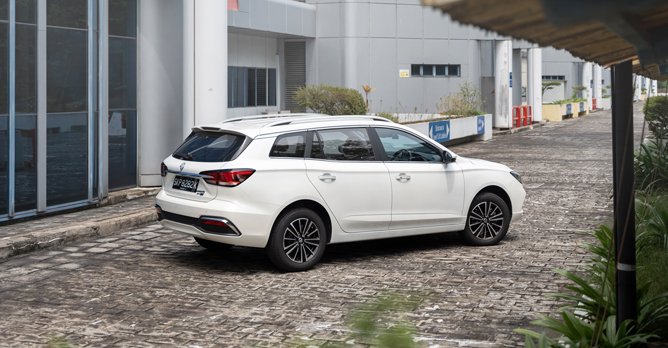
If you're driving in the city, you can glance at the building windows every so often to see what's happening in front of you. This tactic also works in tunnels with white walls, where the glow of brake lights helps you gauge if the driver in front of you is following too closely behind the vehicle in front of him.
When parking beside a black car, you can also use the reflection of your car on it to gauge how much further your bumper is from the obstacle behind it. Parking sensors and cameras are useful, but sometimes, they are too sensitive - there might still be space to tuck your car in neatly.
Seeking more driving tips? These stories may interest you
Level up your driving skills with these five exercises
How to drive a manual car like a pro
Six car features you (probably) didn't learn about in driving school
Even the best safety systems won't save you from these bad driving habits
Newbie drivers take note - here are key road rules to remember
Helpful hints for newbie drivers
If you're committed to practicing defensive driving, congratulations! This mindset and attitude will go a long way towards keeping yourself, your passengers and other road users safe.
You would have learned that maintaining situational awareness, scanning as far ahead as possible, and not speeding are some of the basic tactics to employ. Here are a five more handy tips from experienced drivers.
1. Expect the unexpected
This doesn't mean adopting a negative attitude. Rather, you should always anticipate potentially dangerous situations created by other road users.
For instance, while driving along an empty street at night, be on the lookout for pedestrians in dark clothes that might suddenly emerge and try to cross the road. Or, be ready to spot a car that has its head lights switched off, or a cyclist without any lights on his bicycle.
You don't have to be near a housing estate or industrial area to be extra cautious. Always be alert the moment you get behind the wheel.
2. Tell-tale shapes and silhouettes

So, how does one spot potential hazards? One way is to look for umbrellas - if you see any, you can assume there are at least two pedestrians (sharing a brolly) standing there. If you see an umbrella that's moving faster than others, it probably belongs to a cyclist.
Be prepared to spot other items such as bags and yes, even hands. Not everyone has an umbrella with them when it starts to pour, and people will use whatever's handy if they have to be out in the rain.
3. Use your horn
Cars are equipped with horns so that we can warn other road users of danger. But all too often, many of us don't use the horn even when it is clearly called for.
I've seen mishaps caused by drivers failing to check their blind spot before changing lanes. Many of these could actually have been avoided - if the other driver sounded his horn sooner.
So, while we shouldn't use the horn to intimidate and/or signal our annoyance, we must nevertheless be quick to use it when needed.
4. Rear windows

Looking through the rear windscreen helps you see what's happening way in front of you. However, be mindful not to be so focussed on that one area that you forget to periodically check your mirrors.
If the car you're following is wide and tall, try shifting your vehicle to the right to look down its side. But only do this if you're driving on the outermost right lane and next to the divider.
5. Reflections

If you're driving in the city, you can glance at the building windows every so often to see what's happening in front of you. This tactic also works in tunnels with white walls, where the glow of brake lights helps you gauge if the driver in front of you is following too closely behind the vehicle in front of him.
When parking beside a black car, you can also use the reflection of your car on it to gauge how much further your bumper is from the obstacle behind it. Parking sensors and cameras are useful, but sometimes, they are too sensitive - there might still be space to tuck your car in neatly.
Seeking more driving tips? These stories may interest you
Level up your driving skills with these five exercises
How to drive a manual car like a pro
Six car features you (probably) didn't learn about in driving school
Even the best safety systems won't save you from these bad driving habits
Newbie drivers take note - here are key road rules to remember
Helpful hints for newbie drivers

